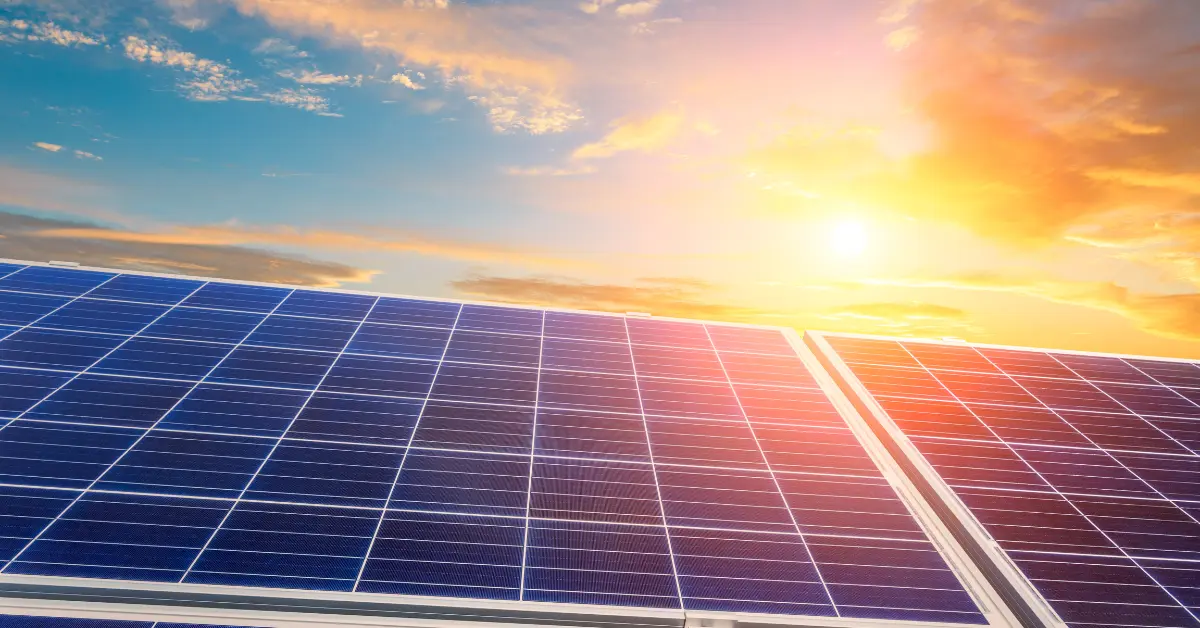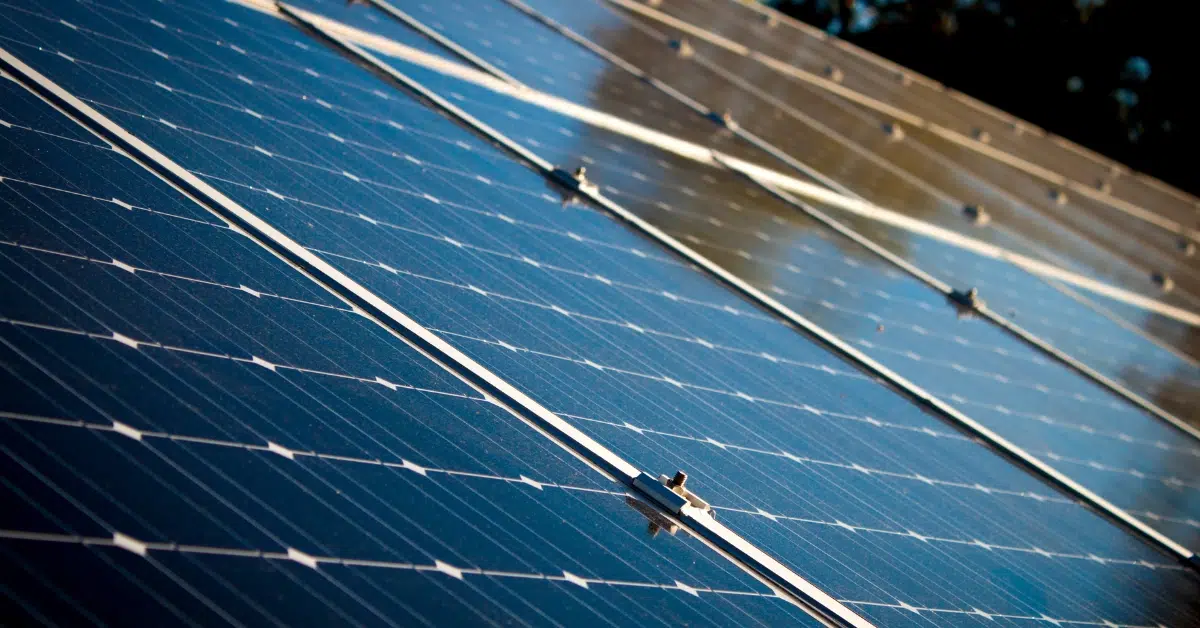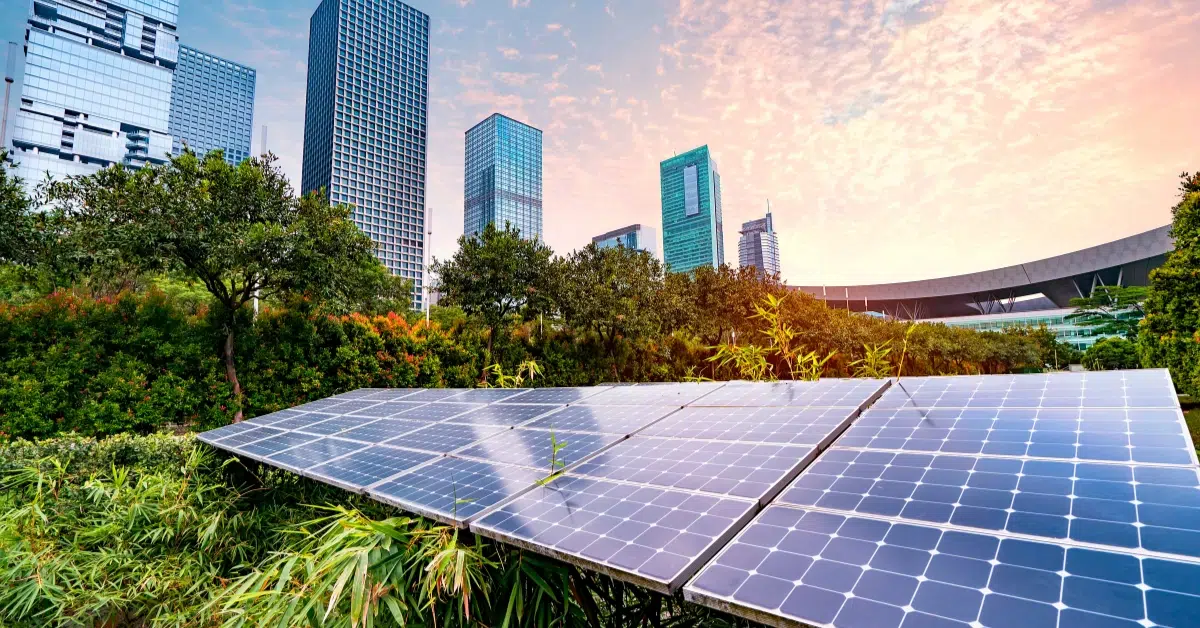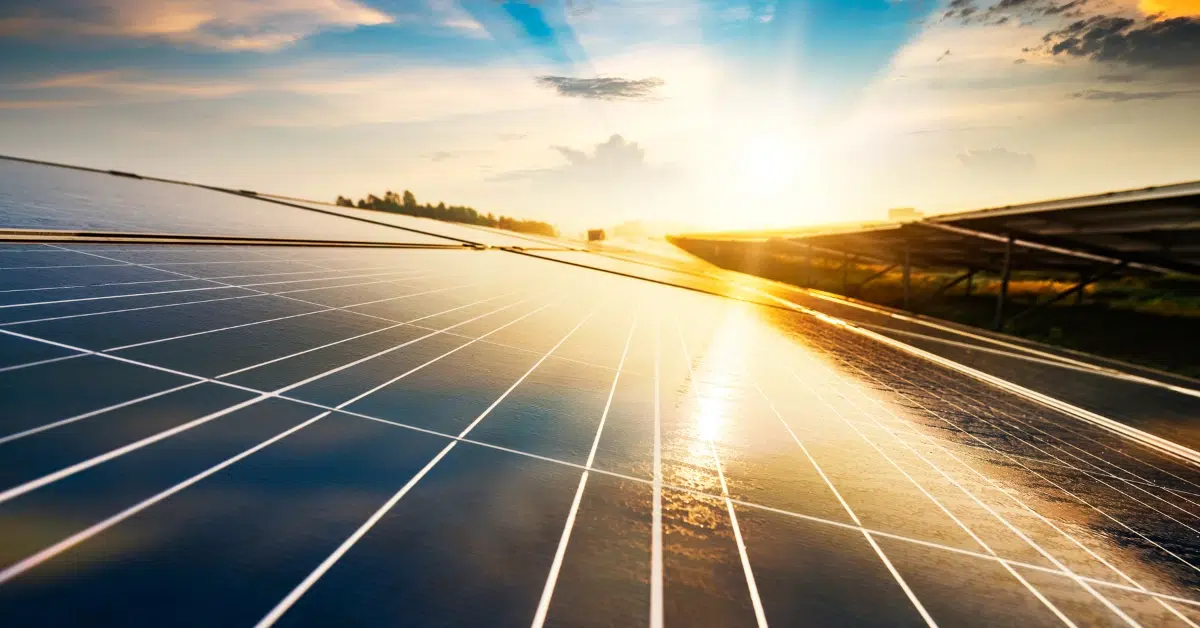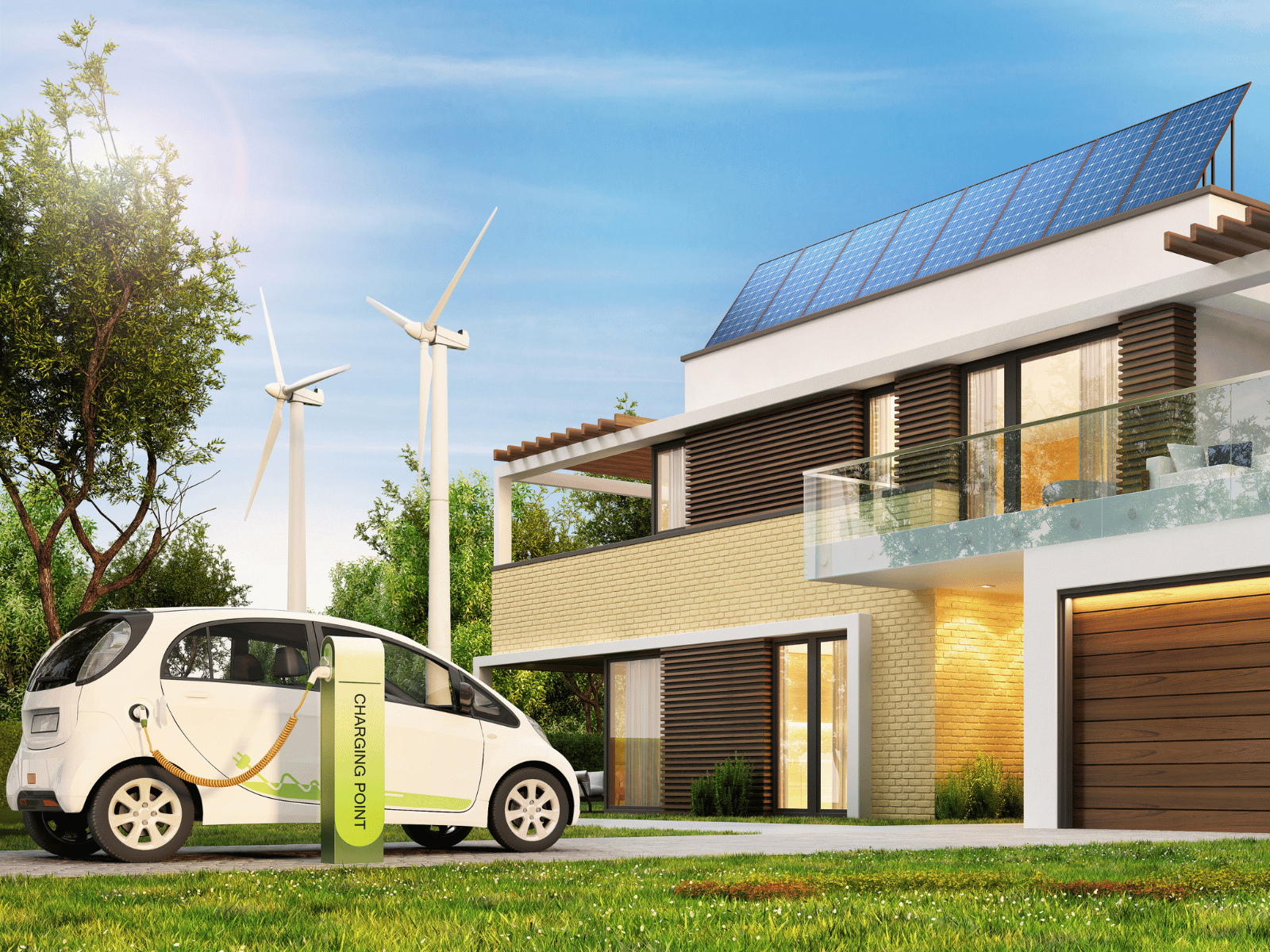Solar robots revolutionize the maintenance of solar panels. These robots address the necessity of keeping solar panels clean for optimal power output. Dirty panels can lose efficiency, impacting energy production. Panel cleaning ensures panels remain free from dirt and debris. The use of a solar panel cleaning robot reduces manual labor and enhances energy production. A solar panel cleaning robot offers an efficient and cost-effective solution. Regular cleaning with these robots maintains solar panel performance. Solar panel cleaning robots improve the longevity of panels by preventing obstructions. The adoption of solar robots is crucial for maximizing solar power generation.
Importance of Regular Solar Panel Cleaning
Significance of Scheduled Cleaning
Enhanced energy efficiency
Regular cleaning of solar panels ensures maximum energy efficiency. Dirt and debris on panels reduce their ability to absorb sunlight. Clean panels capture more sunlight, leading to higher energy production. Studies show that dirt and dust can decrease energy output by up to 35% in remote areas. Cleaning robots effectively remove these obstructions, restoring panel efficiency.
Prolonged panel lifespan
Scheduled cleaning extends the lifespan of solar panels. Accumulated dirt and grime cause wear and tear over time. Regular maintenance prevents this damage, keeping panels in good condition. SolarCleano robots offer customizable cleaning solutions that protect panels. Proper care ensures panels last longer, providing a better return on investment.
Benefits of Consistent Maintenance
Optimal performance levels
Consistent maintenance keeps solar panels performing at optimal levels. Clean panels operate more efficiently, producing more energy. Solar robots use advanced technologies to maintain performance. These robots employ sensors and brushing mechanisms for effective cleaning. Regular use of cleaning robots guarantees panels function at their best.
Reduced risk of damage
Regular cleaning reduces the risk of damage to solar panels. Dirt buildup leads to scratches and other physical harm. Cleaning robots eliminate this risk by removing debris safely. The use of mechanical and smart technologies ensures gentle cleaning. By minimizing damage, regular maintenance protects your investment in solar energy.
Advantages of A Solar Panel Cleaning Robot

Efficiency Improvement with Solar Panel Cleaning Robots
Enhanced energy output
A solar panel cleaning robot can significantly boost energy output. Dirt and debris obstruct sunlight, reducing solar panel efficiency. Regular cleaning ensures optimal performance. Robotic systems use advanced brushing mechanisms to remove dirt effectively. This technology enhances energy production by maintaining clean surfaces. The consistent operation of these robots guarantees maximum energy capture.
Reduced manual labor
Manual cleaning requires significant human effort. Robots eliminate this need. Fully autonomous systems handle the cleaning process efficiently. These robots operate without human intervention, reducing labor costs. The use of robotic technology minimizes safety risks associated with manual cleaning. Automated solutions provide a safer and more efficient cleaning method.
Cost-Effectiveness
Long-term savings
Investing in cleaning robots leads to substantial long-term savings. Manual cleaning incurs recurring labor costs. Robots reduce these expenses by automating the cleaning process. The initial investment in robotic technology pays off over time. Enhanced energy output contributes to financial savings. Efficient cleaning extends the lifespan of solar panels, maximizing return on investment.
Maintenance reduction
Solar panel robots decrease maintenance needs. Manual cleaning can cause wear and tear on panels. Robotic systems use gentle cleaning techniques to prevent damage. Consistent cleaning reduces the risk of costly repairs. The durability of robots ensures reliable performance over time. Reduced maintenance requirements contribute to overall cost-effectiveness.
Environmental Benefits
Water conservation
Cleaning solar panels traditionally requires water. Robots offer a water-efficient alternative. Some robots use air blower technology to remove dust without water. This method conserves water resources. Robotic cleaning aligns with sustainable practices. Water conservation benefits the environment and reduces operational costs.
Reduced chemical usage
Manual cleaning often involves chemical agents. Cleaning robots minimize chemical dependency. Advanced brushing mechanisms clean surfaces effectively without chemicals. This approach reduces environmental impact. Chemical-free cleaning supports eco-friendly initiatives. Robotic technology promotes sustainable solar panel maintenance.
Challenges and Limitations of Solar Panel Cleaning Robots
Initial Investment
High upfront costs
Cleaning robots require a significant initial investment. The purchase of these robots involves high costs. Many businesses find this expense challenging. The cost includes the robot itself and any necessary accessories. Users must consider these expenses when planning budgets.
Return on investment timeline
The return on investment for solar robots varies. Users often experience a delay before seeing financial benefits. The timeline depends on factors like energy savings and maintenance reduction. Businesses need to calculate potential savings over time. Accurate projections help in understanding the long-term value.
Technical Limitations
Compatibility issues
Compatibility poses a challenge for solar robots. Not all robots suit every type of solar installation. Some systems face difficulties with specific panel designs. Users must ensure compatibility before purchasing. Proper research prevents operational issues and maximizes efficiency.
Maintenance requirements
Cleaning robots require regular maintenance. Users must perform routine checks to ensure optimal performance. Maintenance includes cleaning brushes and checking sensors. Neglecting these tasks leads to reduced efficiency. Regular upkeep ensures the longevity of the robots.
Environmental Concerns
Energy consumption
Solar panel cleaning robots consume energy during operation. Users must account for this energy use in overall calculations. The energy required varies based on robot design and usage frequency. Efficient models minimize energy consumption. Users should choose robots that align with sustainability goals.
Potential waste generation
Waste generation is a concern with cleaning robots. Some components may require replacement over time. Users must consider the environmental impact of discarded parts. Recycling programs help mitigate waste issues. Responsible disposal practices support environmental sustainability.
Trends and Solar Panel Cleaning Robots Future Development
Technological Innovations
AI and machine learning integration
Artificial intelligence transforms solar robots. AI enables robots to adapt to different environments. Machine learning helps robots optimize cleaning paths. These technologies improve cleaning efficiency. AI integration reduces energy consumption. Smart robots identify and address panel issues like hotspots and microcracks. This proactive approach enhances panel longevity.
Improved sensor technology
Sensor technology advances cleaning robots. Enhanced sensors detect dirt and debris more accurately. Sensors guide robots to clean effectively without human intervention. Improved sensors ensure thorough cleaning of solar panels. Accurate detection prevents damage during the cleaning process. Sensor technology contributes to the overall efficiency of robotic cleaning systems.
Market Trends
Increasing adoption rates
The adoption of solar panel cleaning robots rises steadily. Businesses recognize the benefits of automated cleaning solutions. Increased energy efficiency drives demand for these robots. Cost savings attract more users to robotic cleaning systems. The market for solar panel cleaning robots expands globally. Adoption rates reflect the growing importance of sustainable energy practices.
Emerging markets
Emerging markets show interest in solar panel cleaning robots. Developing regions invest in solar energy solutions. Robotic cleaning systems offer a viable option for maintaining solar panels. These markets benefit from the efficiency and cost-effectiveness of robots. Emerging markets contribute to the global growth of the solar panel cleaning industry. The expansion into new regions highlights the potential for future development.
Regulatory and Policy Impacts
Government incentives
Government incentives support the adoption of solar panel cleaning robots. Financial incentives encourage businesses to invest in robotic cleaning solutions. Subsidies reduce the initial investment costs for these technologies. Incentives promote the use of sustainable energy practices. Government policies play a crucial role in shaping the future of solar panel maintenance.
Industry standards
Industry standards influence the development of solar panel cleaning robots. Standards ensure the safety and efficiency of robotic cleaning systems. Compliance with industry standards builds trust among users. Standards guide the design and functionality of solar panel cleaning robots. Adherence to standards ensures consistent performance across different models. Industry standards drive innovation and improvement in robotic cleaning technologies.
Solar panel cleaning robots offer significant benefits. These robots enhance energy efficiency and reduce manual labor. The cost-effectiveness of these robots provides long-term savings. Environmental benefits include water conservation and reduced chemical usage. Challenges exist with high upfront costs and technical limitations. Compatibility issues require careful consideration.
Potential innovations in AI and sensor technology promise improved efficiency. These advancements will enhance cleaning precision and reduce energy consumption.
The future of solar panel cleaning robots looks promising. Increased adoption rates and government incentives support growth. Solar panel cleaning robots will play a crucial role in sustainable energy maintenance.

